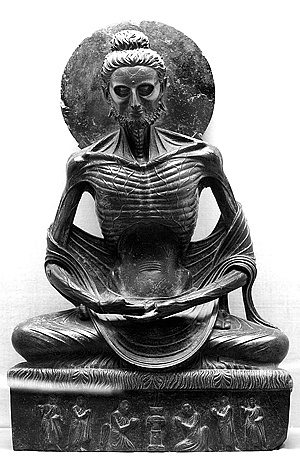Translated from the Chinese by R. B. Baron.
This fiction will also be published by Taipei Fine Arts Museum in association with the exhibition “Whose Exhibition Is This?,” curated by Fang-Wei Chang.
© 2010 e-flux and the author
